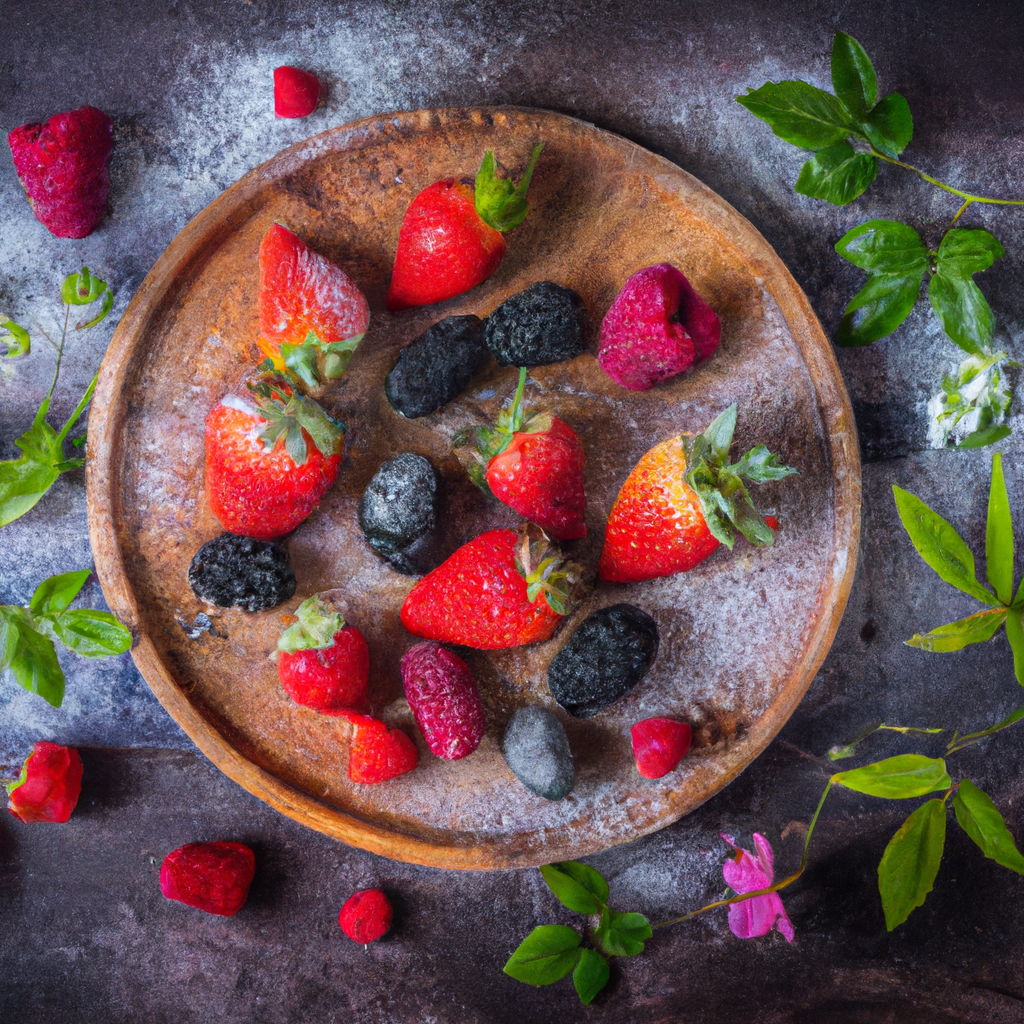
Looking to add a touch of freshness and flavor to your cozy home? Whether you’re a seasoned gardener or just getting started with your green thumb, growing your own fruits in a small garden can be a delightful and rewarding experience. Not only does it bring a burst of color and life to your outdoor space, but harvesting your own fruits can also lead to a sense of accomplishment and the satisfaction of knowing exactly where your food comes from.
When it comes to cultivating fruits in a limited garden space, it’s important to be strategic in your approach. With a few simple tips and tricks, you can create a thriving mini orchard right in your backyard. Let’s dive into some practical advice on how to grow your favorite fruits in a small garden setting.
First things first, assess the available space you have for your fruit plants. Since we are working with a small garden, it’s crucial to make the most of every inch. Consider utilizing vertical space by planting climbing fruits like strawberries, grapes, or kiwi against trellises or fences. This not only saves ground space but also adds a charming aesthetic to your garden.
For ground-level planting, opt for dwarf or compact varieties of fruit trees such as dwarf apple or cherry trees. These smaller trees are perfect for small gardens as they require less space while still producing an abundant harvest. Plant them in pots or raised beds to control their growth and make them easier to maintain.
When choosing the fruits to grow in your small garden, think about what you and your family enjoy eating. Berries like raspberries, blueberries, and blackberries are excellent choices for compact spaces as they can be grown in containers and provide a steady supply of delicious treats throughout the season. Additionally, consider herbs like mint or basil, which not only add flavor to your dishes but also attract pollinators to your garden.
Proper care and maintenance are key to the success of your mini fruit garden. Regular watering, mulching, and fertilizing are essential for healthy plant growth. Be sure to follow the specific care instructions for each type of fruit you are growing, as different plants have varying requirements when it comes to sunlight, soil quality, and pruning.
Pest control is another important aspect to consider when growing fruits in a small garden. While pesticides are an option, you can also explore natural and eco-friendly methods to keep unwanted critters at bay. Companion planting, such as pairing marigolds with tomatoes to deter pests, or introducing beneficial insects like ladybugs, can help maintain a balanced ecosystem in your garden.
To maximize your fruit harvest, practice proper harvesting techniques. Different fruits ripen at different times, so be patient and wait for them to reach their peak ripeness before picking. Use sharp, clean tools to harvest fruits to avoid damaging the plants and store your bounty properly to preserve their freshness and flavor.
Beyond the practical aspects of growing fruits in a small garden, don’t forget to enjoy the process and the bountiful rewards it brings. Creating a mini fruit oasis in your own backyard not only adds beauty and deliciousness to your life but also fosters a deeper connection with nature and the food you eat. Take time to savor the sights, scents, and tastes of your home-grown fruits, and share the joys of your harvest with friends and family.
In conclusion, cultivating fruits in a small garden is a delightful endeavor that offers a wealth of benefits for both you and your home. With a bit of creativity, care, and patience, you can transform your outdoor space into a thriving fruit paradise that will nourish both body and soul. So roll up your sleeves, grab your gardening tools, and get ready to reap the sweet rewards of growing your own fruits right at home. Happy gardening!
